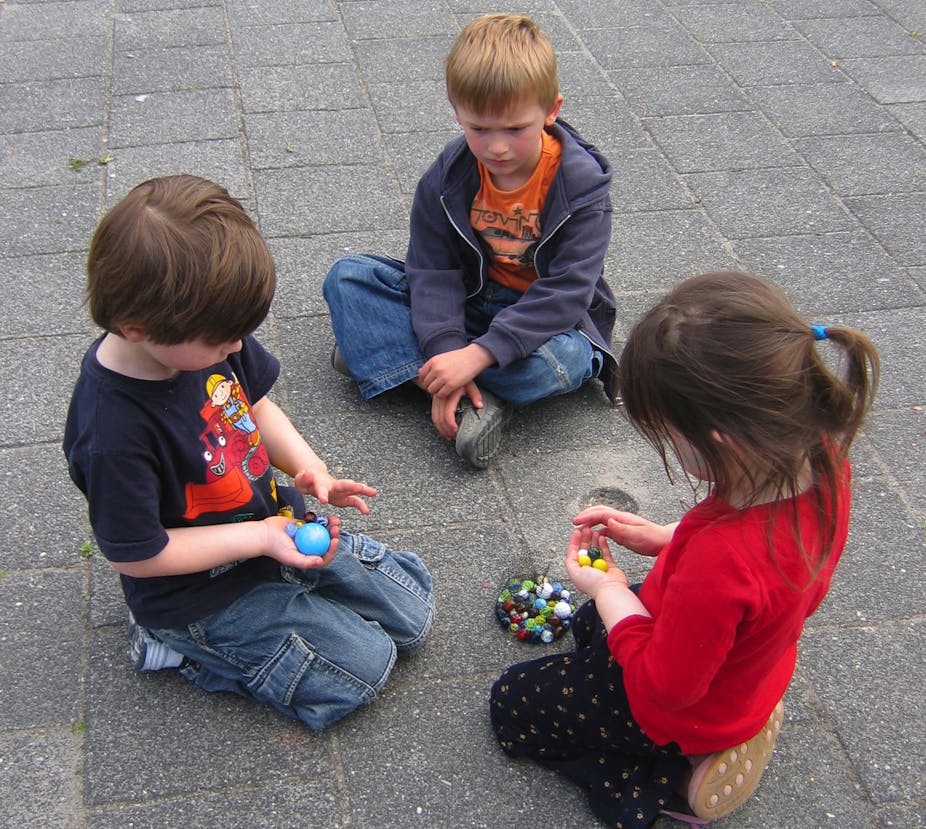Children who have been taken into state care need timely decisions on whether to separate them from their birth families. Delayed decisions means leaving children who have suffered abuse and neglect in a limbo of changing care placements. Children experience the double jeopardy of maltreatment before entering care and upheavals in relationships and disruptions in medical care and schooling afterwards.
Barriers to quickly moving children out of temporary care arrangements into safe, permanent homes have been recognised in child protection systems across the western world. Poor planning, reactive rather than proactive case management and problems completing court proceedings are just some of the reasons for delay.
Law sets limits on upheavals in care
The Victoria Parliament recently passed significant amendments to the Children Youth and Families Act 2005. The aim is to increase stability and permanency for children entering state care.
Following other child protection systems such as New South Wales, Victoria has introduced definitive time-frames for reunification to occur. After that elapses, a long-term alternative placement should be pursued.
Parents whose children have been taken from their care by child protection services will now have an initial 12 months to prove their capacity to provide a safe and lasting home for their children. Three outcomes are possible at this point: a child returns home, an additional 12 months will be provided, or parents will see their children placed in an alternative ongoing arrangement where another person becomes the child’s permanent carer.
Family reunification will not be a permanency objective after a child has spent two years in state care. Nationally, at June 30 2013, more than two-thirds of the approximately 40,000 children in state care had been in care continuously for two years or more.
Legislative changes will provide Victorian courts and child protection workers with a much-needed focus on the urgency of children’s time-frames. This reflects the importance of stability and permanence for children who have suffered abuse and neglect.
Support is key to achieving good permanent care
It is, however, doubtful that legislative reforms will prove effective unless these are used as the platform for further reform of the family support approach and of the way family contact visits are structured and supervised.
Nearly every child protection system has a hierarchy of preferred permanent placement types. While Victoria supports adoption as the preferred permanent care objective when children can’t be restored to their parents, the Children Youth and Families Act 2005 embodies the principle that children are best brought up by their own families. This means that in most cases it will necessary to attempt to reunite children with their families.
Regardless of care decisions, children in state care also have the right to maintain relationships with their siblings and their parents where this is safe to do so.
A newer, simpler suite of children’s court orders will make it clear when family reunification is the aim. However, legislation does not specify the services that will help birth parents remedy the complex and interlocking factors that brought the child into state care in the first place.
In a child protection system under pressure, intensive social service activity is difficult to maintain around parents once children are out of crisis and in state care. Parents who have had children removed are often left feeling devastated, judged and disinclined to make necessary changes in their lives.

Effective interventions require funding
Intensive interventions can make a difference and enable children to return safely to their families. However, relatively few government-funded intensive family support services in this country focus on reunifying families where separation has already occurred. Purposeful models of intensive family support and evidence-based programs are urgently needed to help parents overcome their difficulties within the new timescales for reunification.
Research shows that family contact may increase the likelihood of reunification. Reorienting family contact visits to support reunification and the maintenance of sibling relationships is therefore another important way forward.
In Victoria today, many supervised family contact visits are undertaken by child protection services in arid, unnatural environments. These arrangements are not intentionally structured to enhance family relationships or teach important parenting skills. For very young children, an emphasis on frequency rather than quality of contact with parents is also counterproductive.
Family contact arrangements that support reunification and relational stability will require spaces purposefully designed and built to encourage naturalistic interactions combined with parent education and emotional support from trained community providers.
For a child who has experienced abuse and neglect a temporary care solution is no solution at all.
Victoria has followed other child protection systems in acting to speed up decisions about whether restoration is a realistic possibility. Further steps are needed to improve the availability of services designed to deliver children safely back to their original families and ensure sibling relationships are supported and developed.

